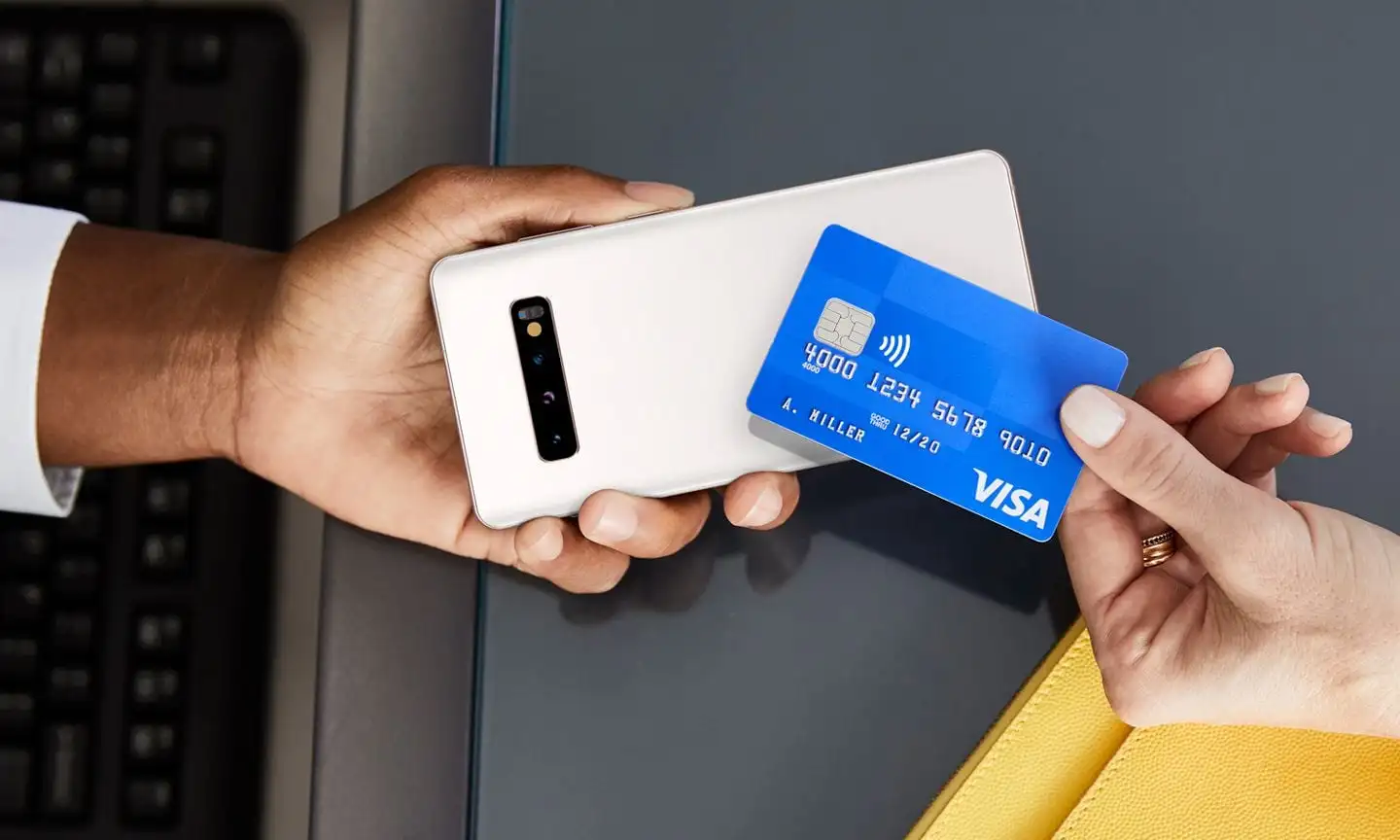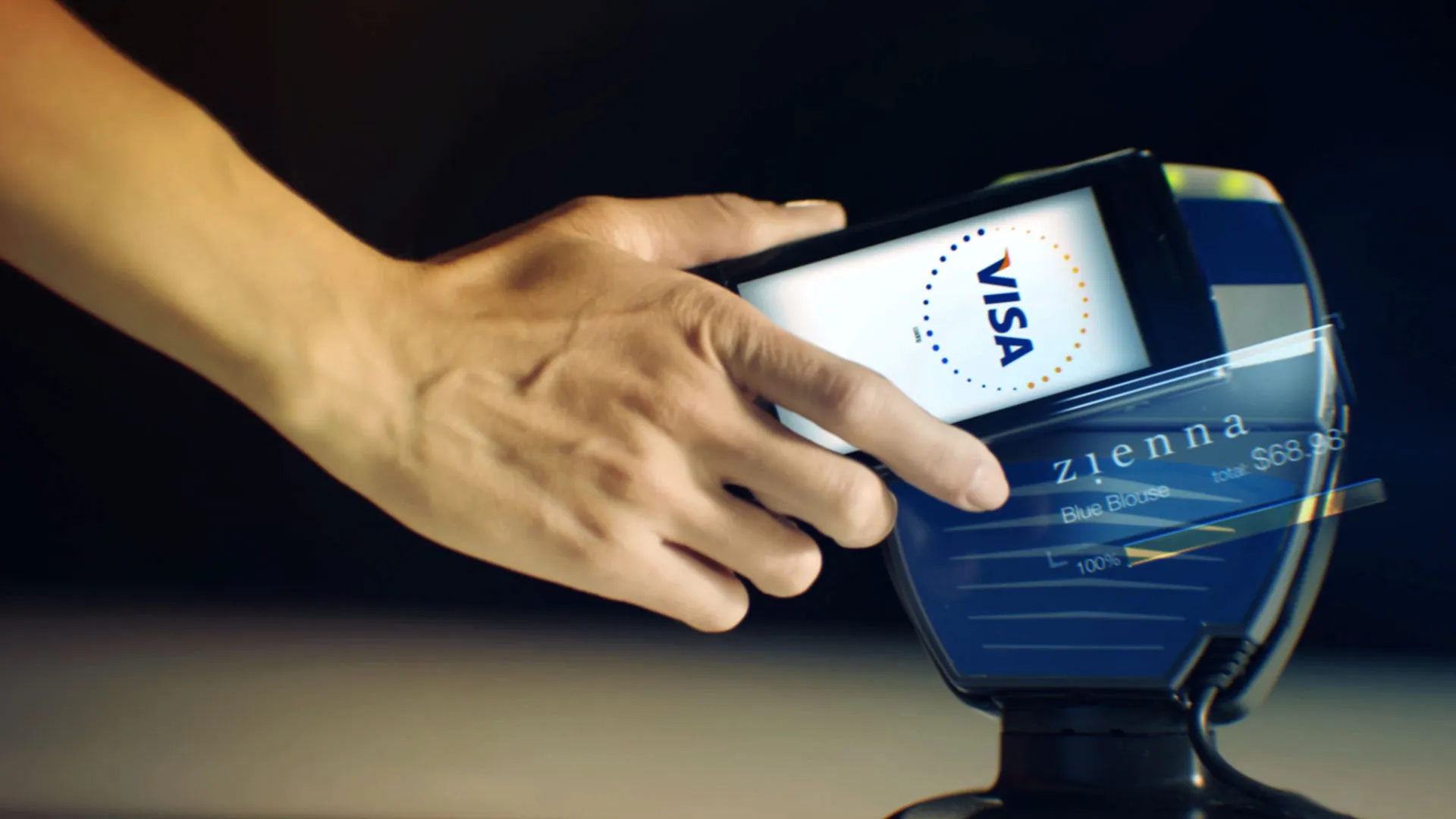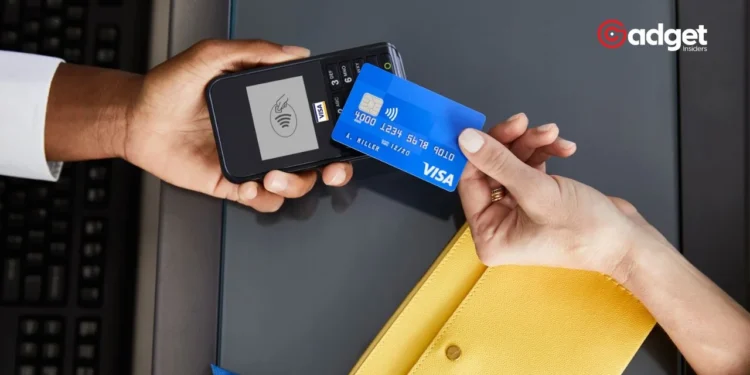In an era dominated by rapid technological advancements, Visa stands at the forefront of redefining how consumers interact with their money. At a recent industry event, Visa introduced an innovative concept that could dramatically simplify how we use our debit and credit cards. This new technology promises to merge multiple banking features into a single, versatile card, potentially turning every debit card into a credit card and much more.

Mark Nelsen, Visa’s global head of consumer payments, explained the vision behind this groundbreaking development. He shared that the goal is to create a “flexible” credential system where a single card can perform various financial functions depending on user settings configured via their mobile banking apps.
For instance, users could set up their cards to draw funds through debit for everyday purchases or use credit for transactions at specific types of merchants. Additionally, the system may allow payments in installments or using reward points.
At its annual #Payments Forum, @Visa introduced a series of new products and services designed to modernise the #payment experience, highlighting advancements in digital identity and generative AI 👉 https://t.co/w5DOGwqSL1
…#Visa #Fintech #Digitalidentity #AI #Technology pic.twitter.com/tekwOmfves— Digital Pound Foundation (@digitalpoundfdn) May 18, 2024
Simplifying Consumer Banking with Flexible Credentials
The new technology, already implemented in the Asia-Pacific region by a leading bank to over two million customers, has shown “really compelling results,” according to Nelsen. With plans to introduce this technology in the U.S. by late 2024, Visa aims to expand its reach and functionality globally.
This innovation is not just about convenience but also about deepening the relationship between financial institutions and their clients. By enabling a single card to handle multiple financial tasks, banks can offer a more integrated and seamless banking experience.
This could mean the end of carrying multiple cards for different purposes, leading to a lighter wallet and a simpler way to manage personal finances.

The Future of Payment Security: Biometric Authentication
Beyond the flexible credentials, Visa is also enhancing security measures. Nelsen highlighted new options for biometric authentication, which would allow users to confirm transactions with biometric data such as facial recognition or fingerprints.
This feature is set to be integrated into Visa’s Click to Pay service, where it will eliminate the need to manually enter payment details. The technology is designed to work across any browser, further enhancing the versatility and security of online transactions.

What’s Next for Visa?
As Visa continues to innovate, the future of payments looks increasingly user-friendly and secure. With features that allow for easier peer-to-peer transactions and more secure online shopping experiences, Visa is setting a new standard for the financial industry.
This ongoing evolution in payment technology not only benefits consumers by providing more flexibility and security but also helps banks build stronger relationships with their customers through enhanced services.
In the rapidly changing world of finance, staying informed about such developments is crucial. For more insights and updates on how financial technologies are evolving, don’t miss out on exclusive articles and analysis from leading financial news platforms like MarketWatch.










